Stuart Vevers, Coach’s executive creative director, is an American pop culture aficionado. “I think the fact that I didn’t grow up in the U.S. means that I romanticized America,” says Vevers, who was born and raised in Yorkshire, England. “I learned about American style and culture through film so that those references have a Hollywood glow to them.”
When he joined Coach in 2013, after two decades at European luxury houses like Louis Vuitton and Givenchy, he was excited about the sheer Americanness of the brand. He immediately noticed that Coach was born at the exact moment that the concept of “cool” was bubbling up in jazz culture. The first recorded use of the word “hipster,” for instance, can be traced back to in 1941, the same year Coach was founded. “I’m interested in tracing Coach’s timeline through these moments of counterculture, when American style was really being born and becoming influential,” Vevers says.
Over the last three years, Vevers has transformed Coach’s image by infusing everything he designs with Americana. Until Vevers arrived, Coach did not produce complete ready-to-wear collections or runway shows. But these days, Coach’s New York Fashion Week presentations have become hotly anticipated events. Vevers creates elaborate, cinematic settings for the catwalk that tap into nostalgia for America’s past.

Last month, his fall 2017 show was built around the concept of a prairie, complete with dry shrubs and the outline of a farmhouse, as models walked out in long, bohemian dresses covered in floral and gingham patterns. In previous shows, backdrops have included scrapyards, motels, and high school gyms. Beneath this scenery is always a darker undercurrent: Looks are peppered with biker jackets, hippie fringes, and faded rock band T-shirts. “I see the Coach girl and guy as an American dreamer,” Vevers says. “They like subversive references, they’re influenced by counterculture movements. It’s about taking American style and making it their own, collecting pieces and mixing them in a fresh way that feels new and youthful. “
Through his creative leadership, Vevers has helped Coach evolve from a declining manufacturer of leather goods without a distinct identity or point of view into a rejuvenated fashion house that regularly receives top marks from editors at Vogue and The New York Times. His vision has been pivotal to helping turn Coach around not just visually, but also financially. He’s been credited with helping to drive Coach sales back up after several years of downward spiraling.
The Revolution Inside Coach
In many ways, Coach is a great American success story. Lew Frankfort, who led the company in various capacities between 1979 and 2013, was responsible for transforming Coach from a niche leather goods maker into a household name and a publicly traded company. Under his leadership, Coach went from generating $6 million to $5 billion in sales. But all of this growth came at a cost.
To drive sales, Coach habitually slashed prices—and cut corners when it came to quality. The bags, emblazoned with enormous logos, became ubiquitous, distributed at retailers of all sizes. They were found at increasingly low-end stores, then at outlet malls and the discount bins at Macy’s and T.J. Maxx, all of which eroded the brand’s reputation.
Coach’s board began to worry that the company was battling an identity crisis. The joke was that Coach purses were the bags of choice among tween girls because they were suddenly in their price range. Coach stopped showing up in boardrooms and started appearing on school busses packed with middle schoolers.
This was a far cry from several decades before, when Coach was known for its impeccable craftsmanship. Stephanie Sarka, who served in various leadership positions at Coach from 1990 to 1997, and now owns her own luxury handbag brand 1 Atelier, remembers that the company had all the hallmarks of a luxury brand. Products were constructed by expert artisans from the highest quality materials, such as English bridle and buckskin leathers. But as the brand became more popular and then a publicly traded company, the emphasis shifted to quantity over quality. Production was shipped off to China. “The shareholder pressures pushed the company to focus on sales,” Sarka says. “But this had a negative impact on the quality of the products and tarnished Coach’s brand.”
To turn things around, the board brought on a new leadership team. Victor Luis, a Coach veteran, was named chief commercial officer in February 2013, and it was announced that he would succeed Frankfort as CEO in January 2014. Luis hired Stuart Vevers in June 2013 and together, they have been executing a strategy to help the company redefine itself as a luxury brand. On the business side, Luis revamped Coach stores, including launching plush flagship stores in New York and London in November 2016 and Milan in February 2017. Better materials, such as glove tanned leather, were reintroduced. Perhaps most dramatically, Luis pulled merchandise from 250 department stores and no longer allows department stores to mark down products with abandon. This was a painful decision since it meant a short-term decline in sales.

An important part of the turnaround strategy has been transforming Coach into a fashion house. And this is where Vevers comes in.
Karen Harvey, a well-known head hunter in the fashion industry, was tasked with finding the right creative to lead Coach through this transition. Harvey believed that the company needed much more than just a new look. “Coach was known first and foremost for creating leather goods,” Harvey says. “But the brand didn’t have a point of view. It wasn’t connected to a broader lifestyle.”
Harvey believed that Vevers could solve this problem. He began his career at top European brands, including Bottega Veneta, Givenchy, and Louis Vuitton, where he worked alongside Marc Jacobs. Later, he served as the creative director at Mulberry and Loewe, breathing new life into both. Harvey believed that Vevers had the potential to upend Coach and lead it into the future. “He understood the brand’s heritage but could also see its future,” Harvey says.
When Vevers accepted the job at Coach, he understood that he would be shepherding the company through the next stage of its evolution, which was a weighty responsibility. “We were bold in creating Coach’s new image,” Vevers says. “I think the feeling was that we really needed to be. This was a time to make change. We had to transform, we had to try something new.”
The bold approach seems to be bearing fruit. Last year, sales were up by 7%, resulting in a 14% increase in gross profits.
How To Build A Fashion Brand
For Vevers, the process of creating a fashion brand was anchored in creating two seasonal collections. In the past, Coach had occasionally made products besides bags and wallets, such as shoes and jackets. But it hadn’t created a full line of head-to-toe ready-to-wear pieces that could be presented on the runway. These looks, Vevers says, were an important way to define and express Coach’s take on the world. “The runway show is a place to tell stories,” he says. “It becomes this amazing laboratory of ideas. I’ve never found anything else that can create those moment of magic.”
The process of preparing for this semi-annual presentation is just as important as the show itself, Vevers says. It forces Coach’s design team to get to the heart of what the brand stands for, over and over, which keeps the brand fresh and focused. “It’s an intense moment of research and reflection,” Vevers says. “It’s a pure moment of creativity, where you really push yourself as far as you can. This generates a lot of ideas that you can work towards in the future.”

But Vevers also acknowledges that part of his role as executive creative director is to run with his instincts to set the tone for the brand. When he joined the company, he tried to understand as much as possible about the legacy and what the customer was looking for, but he was also willing to ignore all of that when necessary. “I wanted to embrace the heritage, but I also felt it was important to trust my instincts of how Coach could be relevant today,” he says. “In many ways, my work is about intuition and a certain conviction that’s hard to quantify.”
Vevers’ very first collection for Coach, fall 2014, was presented to top editors and key retailers over five days of intimate shows in New York. The pieces were takes on classic American garments, like denim jackets and duffle coats, with more somber touches, such as a sweater that referenced The Shining. He received rave reviews.
Since then, Vevers has used the collections to tell a story about America’s youth and moments of anti-conformism throughout the country’s history. One season featured motorcycle boots that called to mind a biker gang crossing the country. Another incorporated psychedelic prints that wouldn’t have been out of place on Haight-Ashbury. Sometimes references from different eras are mixed together, resulting in an overall feeling of subversiveness rather than capturing a specific moment in history.
Given that Coach is traded publicly, Vevers doesn’t have completely free rein. He says that he’s regularly in conversation with Luis. But part of what has helped Coach achieve lift-off again has been the executive board’s willingness to take a leap of faith with Vevers’ ideas. “Of course we talk through ideas,” Vevers say. “We do some things, we don’t do others. But my vision was supported from the word ‘go,’ and I think that’s had a huge impact.”
An example of this is Rexy. Rexy began as a little T-rex charm that appeared on a bag in the fall 2015 collection. But Vevers and his design team were so taken by Rexy they decided to turn her into a recurring image in future collections. She’s now Coach’s mascot, even though a dinosaur has no good reason to be the mascot of a heritage American brand. In the Spring 2017 collection, Rexy even appeared in the Coach logo, replacing the horses in the carriage. In the New York store on Fifth Avenue, there’s an enormous 12-foot sculpture of Rexy made entirely of Coach bags, conceived by the artist Billie Achilleos.
“Rexy is playful and is something of a surprise from a luxury house,” says Vevers. “Choosing her as a mascot was instinctive and just made me smile.”

Embracing The Stumbles Of The Past
But for all his good instincts, Vevers has also been clear-eyed about playing into Coach’s strengths. For instance, the brand would never achieve the status of Louis Vuitton and Hermès. Rather than aspiring to be like these European companies, Vevers believes Coach’s position as an affordable luxury—sold at price points that a much larger swath of the population can afford—is a good thing. “I felt that it was very important that inclusivity was not just about price,” Vevers says. “It’s about an attitude, a point of view that makes Coach different.”

Vevers has also embraced the fact that, not too long ago, young people made up the majority of Coach’s customer base. Now runway shows are populated by fresh-faced models, including Emma Roberts and Zoe Kravitz. Coach has also picked celebrity spokespeople who appeal to younger women. In 2015, 17-year-old Chloë Grace Moretz was the face of the spring collection, and last year, Selena Gomez was chosen to represent the brand. “I think fashion has always been strongly influenced by the next generation,” Vevers says. “Fashion is about the future. It’s always looking forward.”
Vevers is confident that celebrating the qualities woven into Coach’s identity is the only way to go. “Coach has little to do with status and wealth,” Vevers says. “It’s more to do with shared tastes and inspirations. It’s about taking the best of what I think Coach stands for and the reason that people love it, but then challenging, pushing the boundaries and doing new things.”
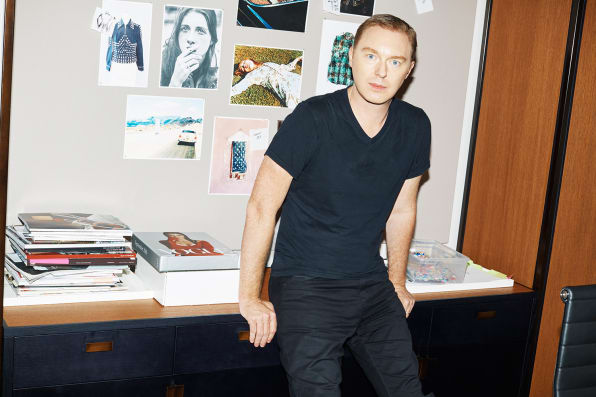

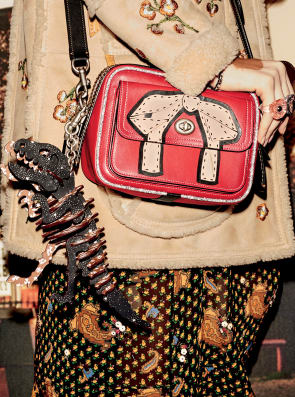
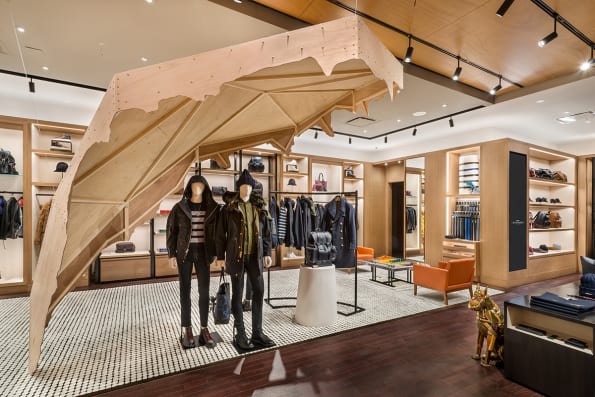

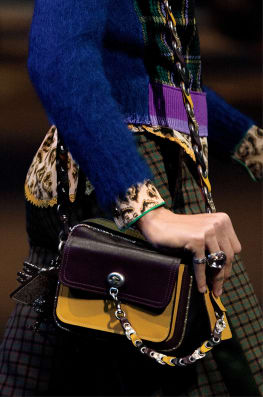
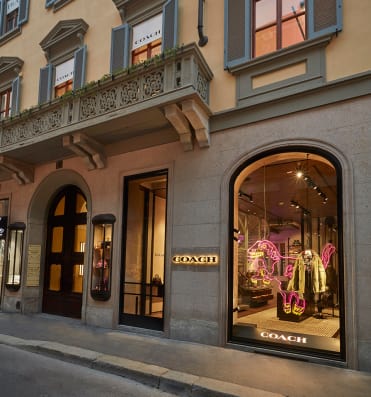

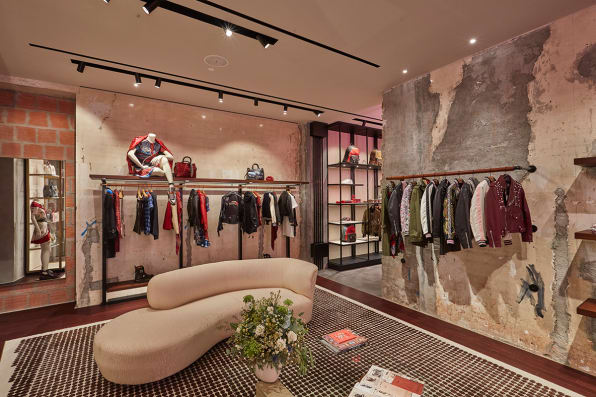
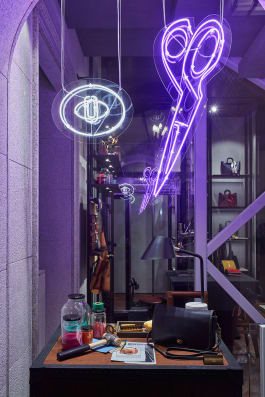
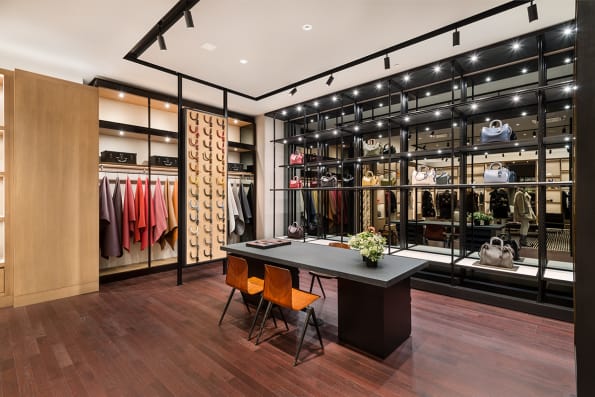
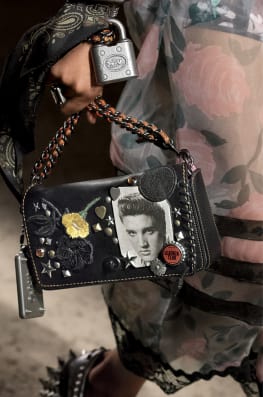

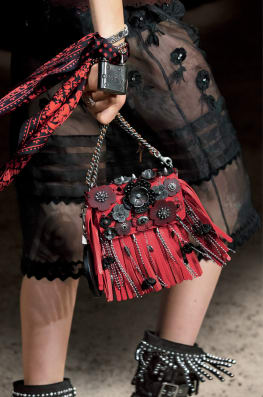
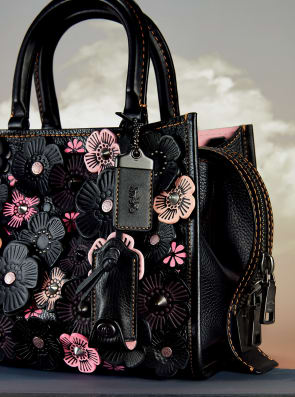

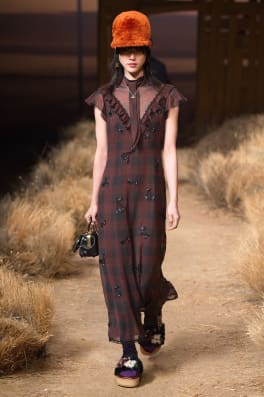
Fast Company , Read Full Story
(98)